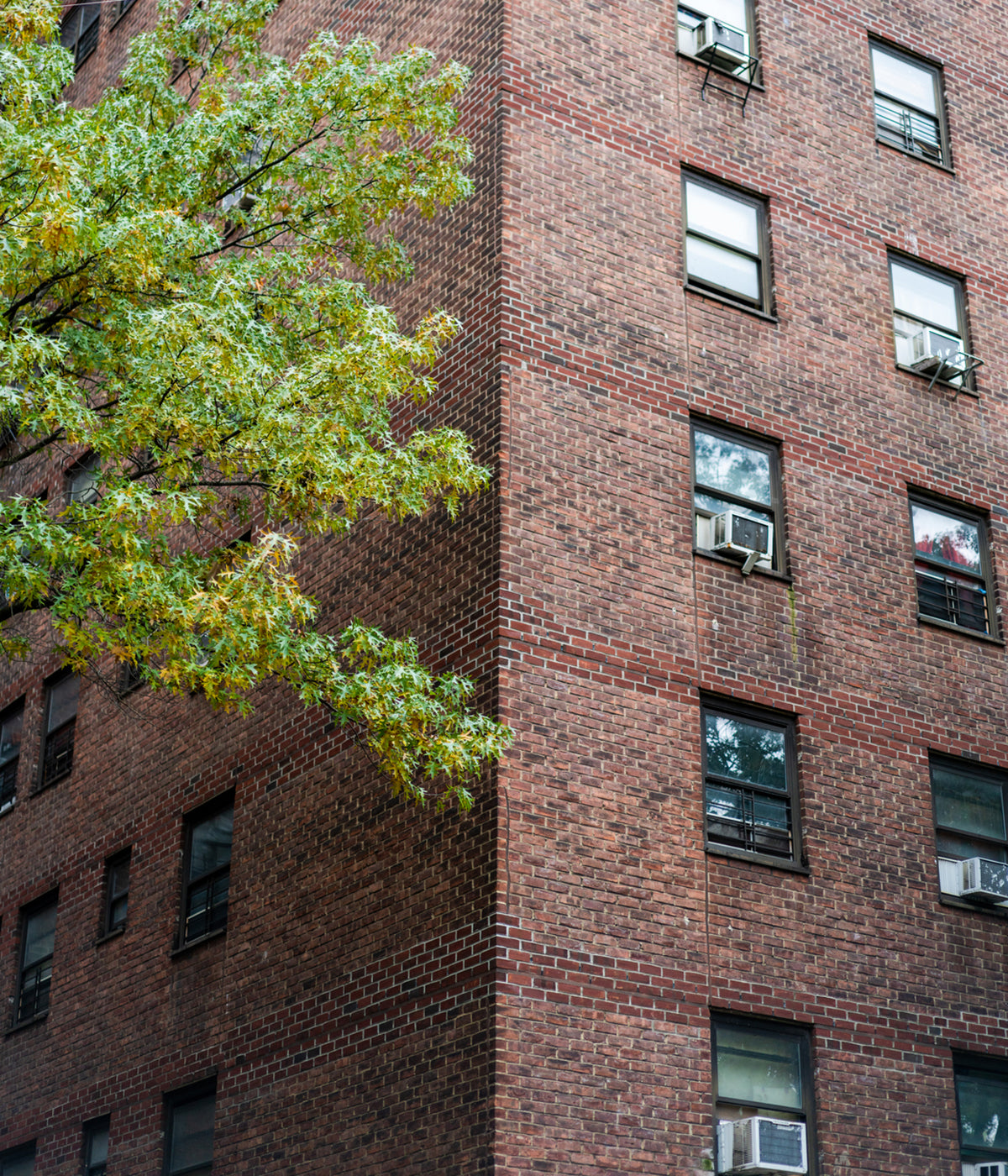
Understand the Cause of Distressed Communities
01 July 2023
Written by Public Spirit
Thriving communities have across-the-board support—socially, economically, and structurally. When these areas start to chip away and support disappears (or never existed in the first place), our communities are left to rebuild on their own.
Going through a hard time without a helping hand or guidance can be daunting to know where to start. That’s what our communities in need are feeling. Layers of unequal access to our basic needs and community systems pile on top of each other.
As we look at the root causes of distressed communities, it’s important to remember that they often co-exist, only amplifying each issue. To better understand why communities need our support, let’s first recognize their everyday challenges.
FINANCIAL STRESSORS
ECONOMIC DISPARITIES
Economic inequality is a very real—and interwoven—community challenge that impacts everything from the roofs over our heads to access to high-quality education. These disparities can become a generational cycle of poverty that is difficult to break out of.
LACK OF EDUCATION
We hear time and time again that education is key to a brighter future, yet many communities still struggle to have fair access to adequate education. When quality education is lacking, it can keep higher-paying jobs out of reach.
LIMITED ECONOMIC DIVERSITY
Ups and downs in the economy can hit certain communities harder, especially when they rely on one primary industry. Communities need help to prosper in more areas to become more resilient.
HOME INSTABILITY
HOUSING ISSUES
GEOGRAPHIC ISOLATION
It’s not just physical distance, but the feeling of being far from others. Knowing the community is distanced from resources and more support systems makes it even more essential to build a strong network.
HEALTHY & SAFETY CONCERNS
HEALTH DISPARITIES
CRIME + VIOLENCE
Safety should always be a top priority within our communities so residents can live peacefully and comfortably. However, fearful environments can hold communities back from their potential for growth and well-being.
LIMITED ACCESS TO SERVICES
Communities in need rely on social services to make their day-to-day more manageable. Without services like childcare, elder care, and mental health support, community members can feel an added weight on their shoulders.
ENVIRONMENTAL CHALLENGES
Our environment plays a major role in our overall health and well-being. Disadvantaged communities are all too often the same ones living with the heightened effects of poor environmental conditions like pollution and a lack of green spaces.
INADEQUATE COMMUNITY SUPPORT
LACK OF CIVIC ENGAGEMENT
If decision-making works against a community, the members can feel disconnected from the causes they care about. When we don’t have the support to feel empowered, standing up for the change we want to see becomes that much more difficult.
SYSTEMIC RACISM + DISCRIMINATION
Limited opportunities and ongoing cycles of racism and discrimination keep our communities in constant distress. This limits their ability to thrive, as individuals and as a whole community.
LACK OF SOCIAL CAPITAL
Strong communities lift each other up and have everyone’s back—they’re our built-in support system. Without this trust and support, it’s harder for communities to come together to create more common good.
LACK OF INFRASTRUCTURE
Many of us understand the frustration of a delayed train or extra traffic when we’re already running late. Distressed communities are experiencing this daily, at a much larger scale. Without reliable transportation and clean facilities, their everyday quality of life can feel the effects.
Now that we’ve peeled back some of the layers causing distress in our communities, it’s clear that they need support in every direction. Through everyday actions, donating to community development organizations, and continuing to learn how even the smallest changes can create an impact, we can help uplift our communities in need.
It’s not on just one person or group. With the help of local and national governments, nonprofits, businesses, and other community members, pooled resources can work to create holistic community well-being.